Table of Contents
The Ultimate Guide to Leather Belts: Style, Quality, and Craftsmanship
Introduction

Leather belts are more than just a practical accessory—they’re a statement of style, quality, and craftsmanship. A well-chosen leather belt can elevate your outfit, reflecting both your personality and attention to detail. But with so many options available, how do you select the right leather belt? This guide explores everything you need to know about leather belts, from the types of leather used to the craftsmanship behind each piece, ensuring you make an informed and stylish choice.
Image by rawpixel.com on Freepik
1. History of Leather Belts
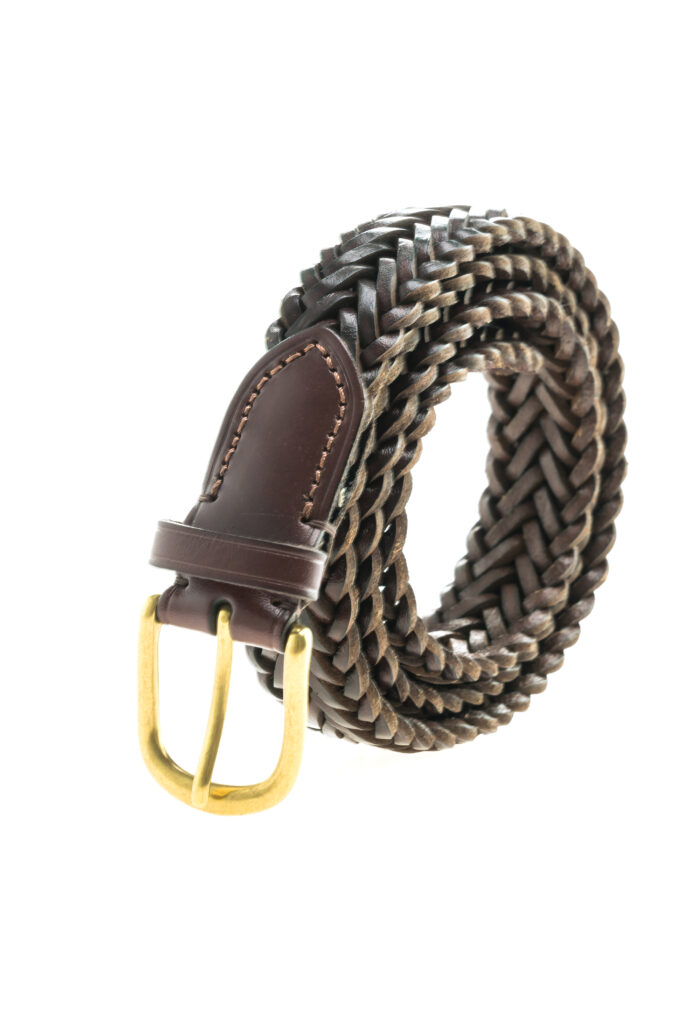
Ancient Origins: The use of leather belts dates back to ancient civilizations, where they served both functional and decorative purposes. Warriors, for instance, used leather belts to hold weapons, while royalty wore them as symbols of status.
Evolution of Design: Over the centuries, the design and purpose of leather belts evolved. In medieval times, belts became more elaborate, adorned with precious metals and stones. Today, they are both a fashion accessory and a practical item.
Image by mrsiraphol on Freepik

2. Types of Leather Used in Belts
Full-Grain Leather: The highest quality of leather, known for its durability and natural texture. This type of leather develops a patina over time, adding to its character.
Top-Grain Leather: Slightly lower in quality than full-grain, top-grain leather is sanded and treated to remove imperfections. It’s smooth and more resistant to stains.
Genuine Leather: A term often misunderstood, genuine leather is of lower quality than full-grain or top-grain but still offers decent durability and is more affordable.
Bonded Leather: Made from leather scraps bonded together, this type of leather is less durable and often used in budget belts.
3. Craftsmanship Behind Leather Belts
Handmade vs. Machine-Made: Handmade leather belts are crafted with care and attention to detail, often resulting in a superior product. Machine-made belts, while more affordable, may lack the same level of craftsmanship.
Stitching and Construction: Quality leather belts are characterized by tight, even stitching and robust construction. The edges should be smooth and the buckle securely attached.
Tanning Process: The tanning process is crucial in determining the leather’s quality. Vegetable tanning, for example, produces durable and environmentally friendly leather, while chrome tanning is faster and cheaper but less sustainable.
4. Styles of Leather Belts
Casual Belts: Often wider and made from softer leather, these belts are perfect for everyday wear. They can be paired with jeans, chinos, or casual trousers.
Dress Belts: Narrower and made from more polished leather, dress belts are ideal for formal occasions. They are typically paired with suits or dress pants.
Western Belts: Characterized by elaborate designs and large buckles, Western belts are a bold fashion statement. They often feature intricate tooling and metal accents.
5. Choosing the Right Leather Belt
Sizing: The correct belt size is typically one or two inches larger than your waist size. It’s important to ensure the belt fits comfortably around your waist without too much excess length.
Color Coordination: Matching the color of your belt to your shoes is a classic style rule. For a cohesive look, pair black belts with black shoes, brown belts with brown shoes, and so on.
Buckle Style: The style of the buckle should complement the overall look of your outfit. Simple, understated buckles are best for formal wear, while more ornate buckles can add flair to casual outfits.
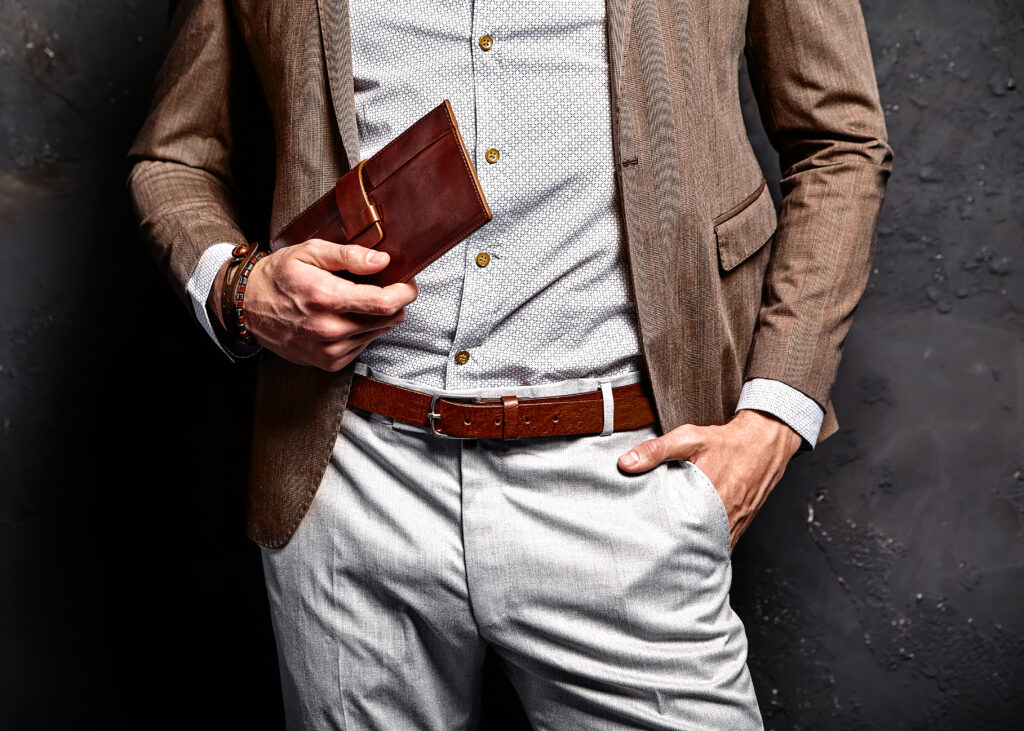
6. Caring for Your Leather Belt
Cleaning: Regular cleaning helps maintain the appearance and longevity of your leather belt. Use a damp cloth to wipe away dirt and dust, and avoid using harsh chemicals.
Conditioning: Leather can dry out over time, so it’s essential to condition your belt with a leather conditioner every few months. This keeps the leather supple and prevents cracking.
Storage: Store your leather belt properly by hanging it or laying it flat. Avoid folding the belt, as this can cause creases and damage over time.
7. The Environmental Impact of Leather Belts
Sustainable Leather: Opt for belts made from sustainably sourced leather, which has a lower environmental impact. Vegetable-tanned leather, for instance, is more eco-friendly than chrome-tanned leather.
Recycled Leather: Some brands offer belts made from recycled leather, reducing waste and the demand for new leather production.
Ethical Practices: Support brands that follow ethical practices in their leather sourcing and manufacturing processes. This includes fair labor practices and animal welfare considerations.
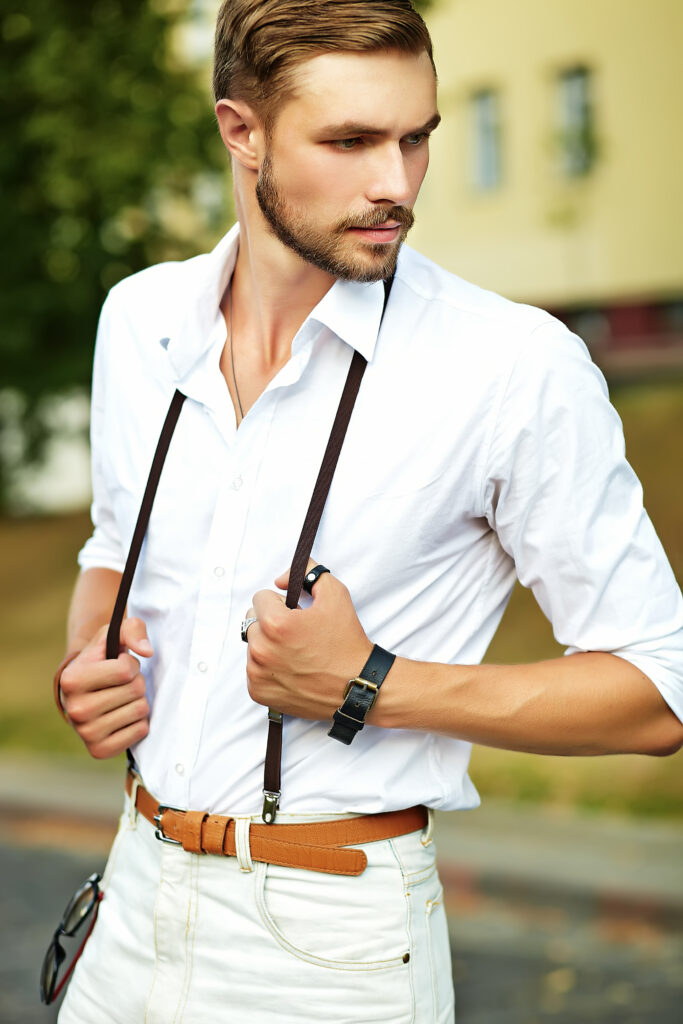

8. Leather Belt Brands to Watch
Luxury Brands: High-end brands like Gucci, Louis Vuitton, and Hermes are known for their luxurious leather belts, often featuring signature logos and designs.
Affordable Brands: Brands like Levi’s and Fossil offer high-quality leather belts at more affordable prices, making them accessible to a broader audience.
Artisan Brands: Support independent artisans who create handmade leather belts. These belts often feature unique designs and superior craftsmanship.

9. How to Spot a Fake Leather Belt
Material Check: Genuine leather belts have a distinct texture and smell. Fake leather belts may feel plastic-like and lack the natural grain of real leather.
Price Point: If the price seems too good to be true, it probably is. Genuine leather belts, especially from reputable brands, come with a higher price tag due to the quality of materials and craftsmanship.
Labeling and Tags: Look for labels that specify the type of leather used. Genuine leather belts will often indicate whether they are made from full-grain, top-grain, or genuine leather.
Image by freepic.diller on Freepik
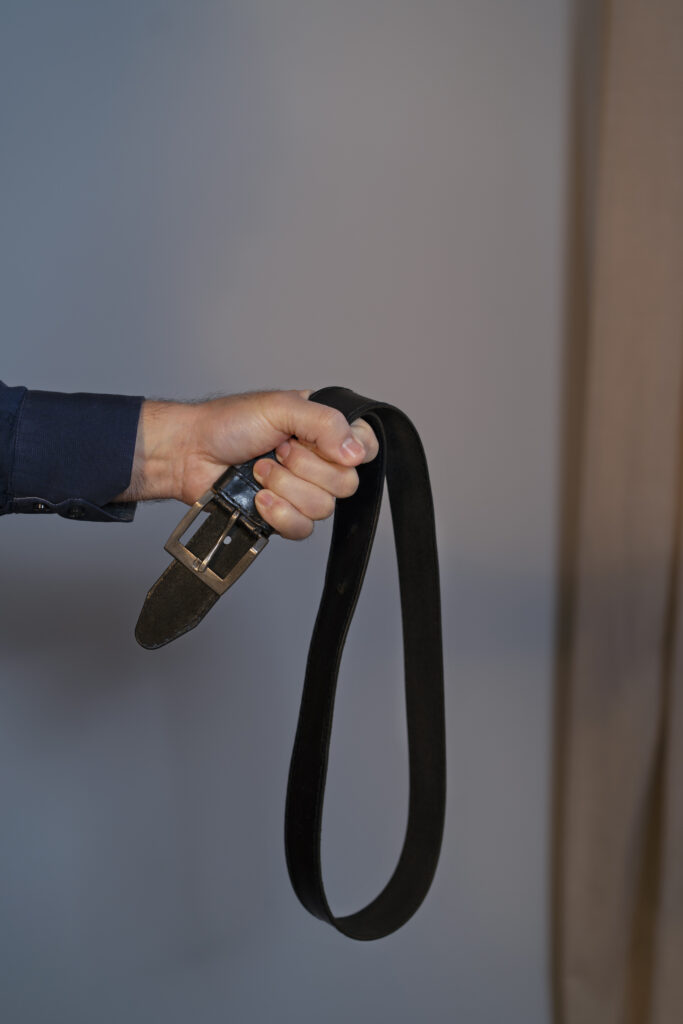
10. The Role of Leather Belts in Fashion
Timeless Accessory: Leather belts have remained a staple in fashion for decades. Their timeless appeal lies in their versatility and ability to complement a wide range of outfits.
Statement Pieces: In recent years, belts have evolved from functional accessories to statement pieces. Bold buckles, unique textures, and vibrant colors can transform an outfit.
Runway to Reality: Leather belts frequently appear in fashion shows, showcasing their importance in both high fashion and everyday wear. Designers often experiment with materials and styles, setting trends that filter down to mainstream fashion.
11. Custom Leather Belts: A Personal Touch
Personalization Options: Many brands offer customization options for leather belts, allowing you to choose the leather type, color, buckle, and even add your initials.
Made-to-Measure: For a perfect fit, consider a made-to-measure leather belt. This ensures the belt is tailored to your exact measurements and preferences.
Unique Designs: Custom leather belts often feature unique designs, such as hand-tooled patterns or custom buckles, making them one-of-a-kind accessories.
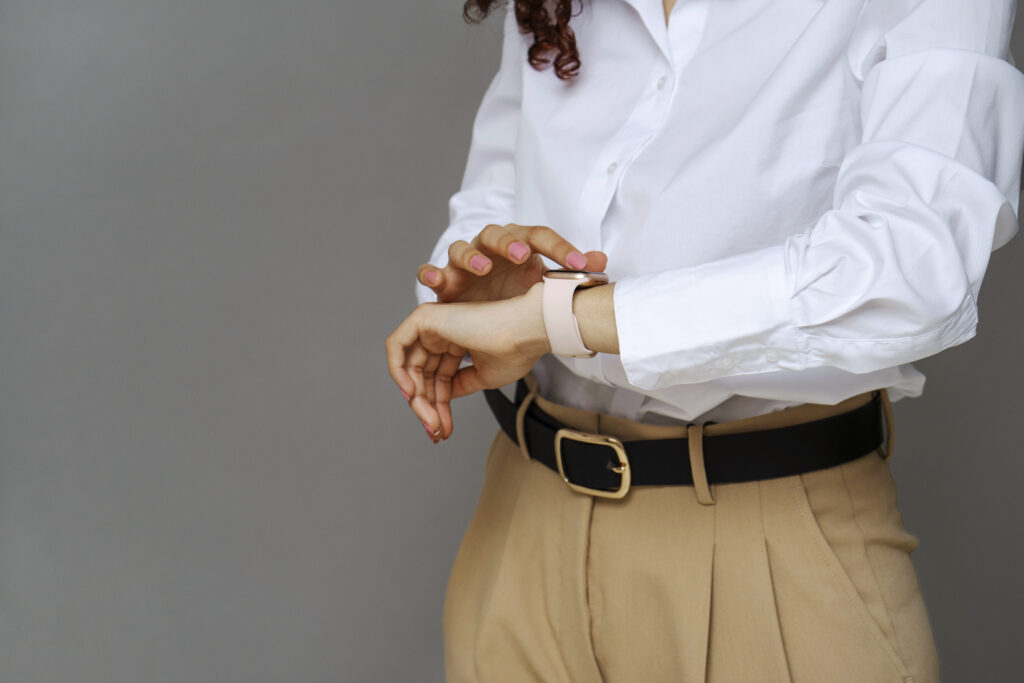
12. Investment in Leather Belts
Cost vs. Value: While leather belts can be expensive, they are often worth the investment due to their durability and timeless style. A high-quality leather belt can last for years with proper care.
Longevity: Unlike belts made from synthetic materials, leather belts improve with age, developing a patina that adds character and uniqueness to each piece.
Wardrobe Staple: A good leather belt is a wardrobe staple that can be worn with various outfits, from casual jeans to formal suits, making it a versatile and valuable addition to your collection.
13. Leather Belts for Different Body Types
Slim Build: For those with a slim build, thinner belts (around 1 to 1.25 inches wide) are usually more flattering. These belts create a balanced look without overwhelming the frame.
Athletic Build: Those with an athletic build can opt for medium-width belts (1.25 to 1.5 inches). These belts complement broader shoulders and a more muscular frame.
Larger Build: Wider belts (1.5 inches and above) are suitable for larger builds, as they provide better proportion and can create a slimming effect.
14. The Future of Leather Belts
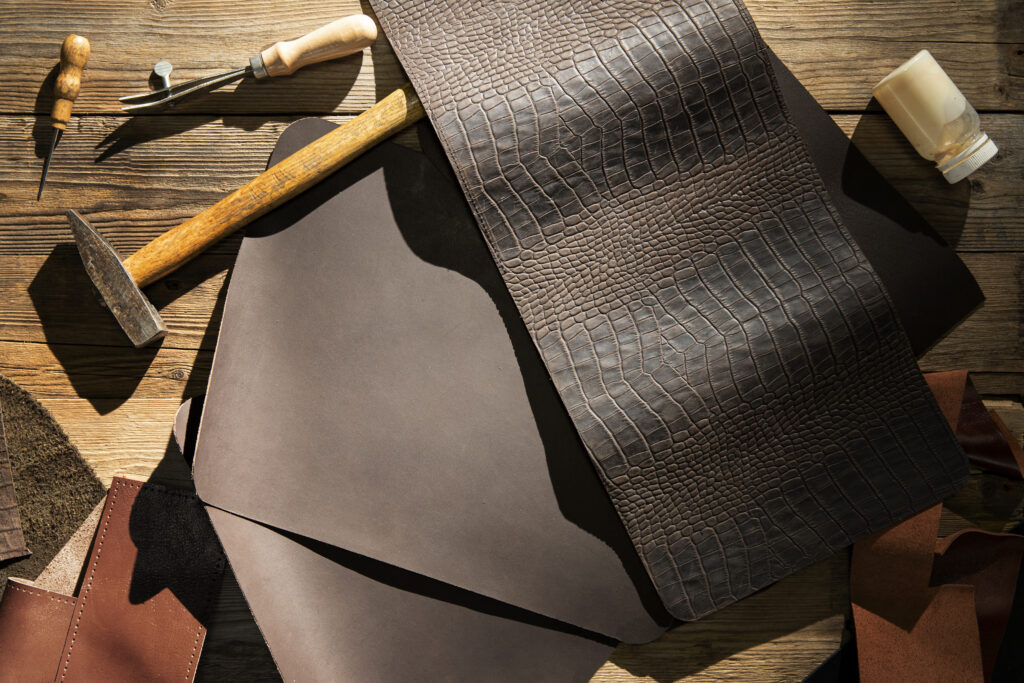
Innovative Materials: As sustainability becomes a focus, innovative materials like vegan leather and recycled leather are gaining popularity in belt manufacturing.
Smart Belts: Technology is making its way into fashion, with smart belts that offer features like adjustable sizing, fitness tracking, and even wireless charging.
Sustainable Fashion: The fashion industry is moving towards more sustainable practices, and leather belts are no exception. Expect to see more eco-friendly options and ethical practices in leather production.
15. FAQs About Leather Belts

Q2: How do I maintain the quality of my leather belt?
A: Regularly clean your belt with a damp cloth, condition it every few months, and store it properly to prevent damage and maintain its appearance.
Q3: Can leather belts be resized?
A: Yes, leather belts can often be resized by a professional, especially
You may find our other blogs from following:
Our contact page:



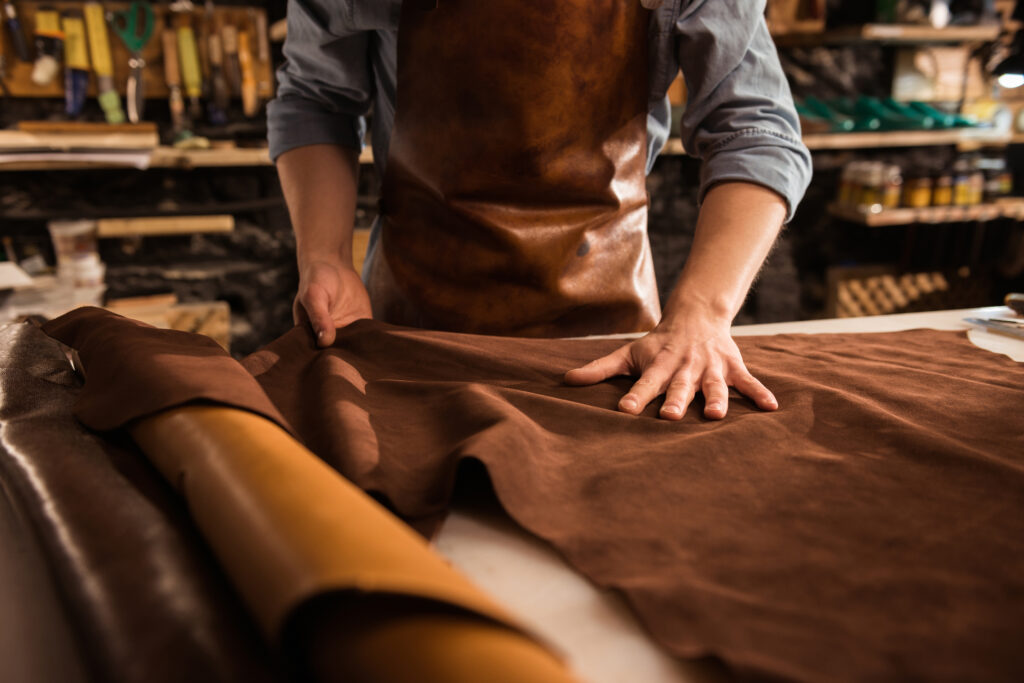
Thanks for your post. I have generally noticed that many people are desirous to lose weight because they wish to look slim in addition to looking attractive. Nevertheless, they do not generally realize that there are other benefits for losing weight as well. Doctors state that over weight people come across a variety of disorders that can be perfectely attributed to their excess weight. Fortunately that people who sadly are overweight and also suffering from numerous diseases can reduce the severity of their particular illnesses by losing weight. It’s possible to see a steady but marked improvement in health whenever even a minor amount of losing weight is realized.